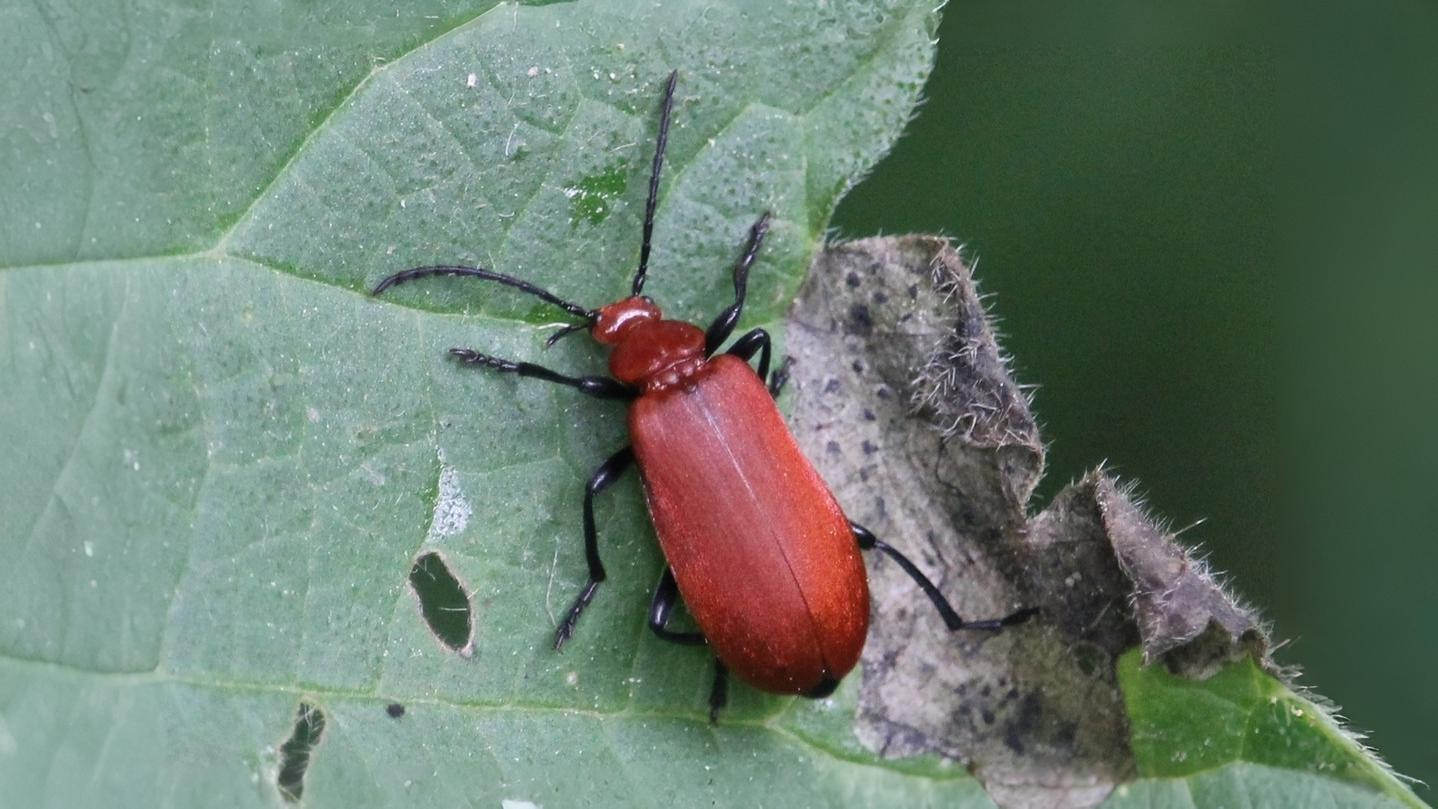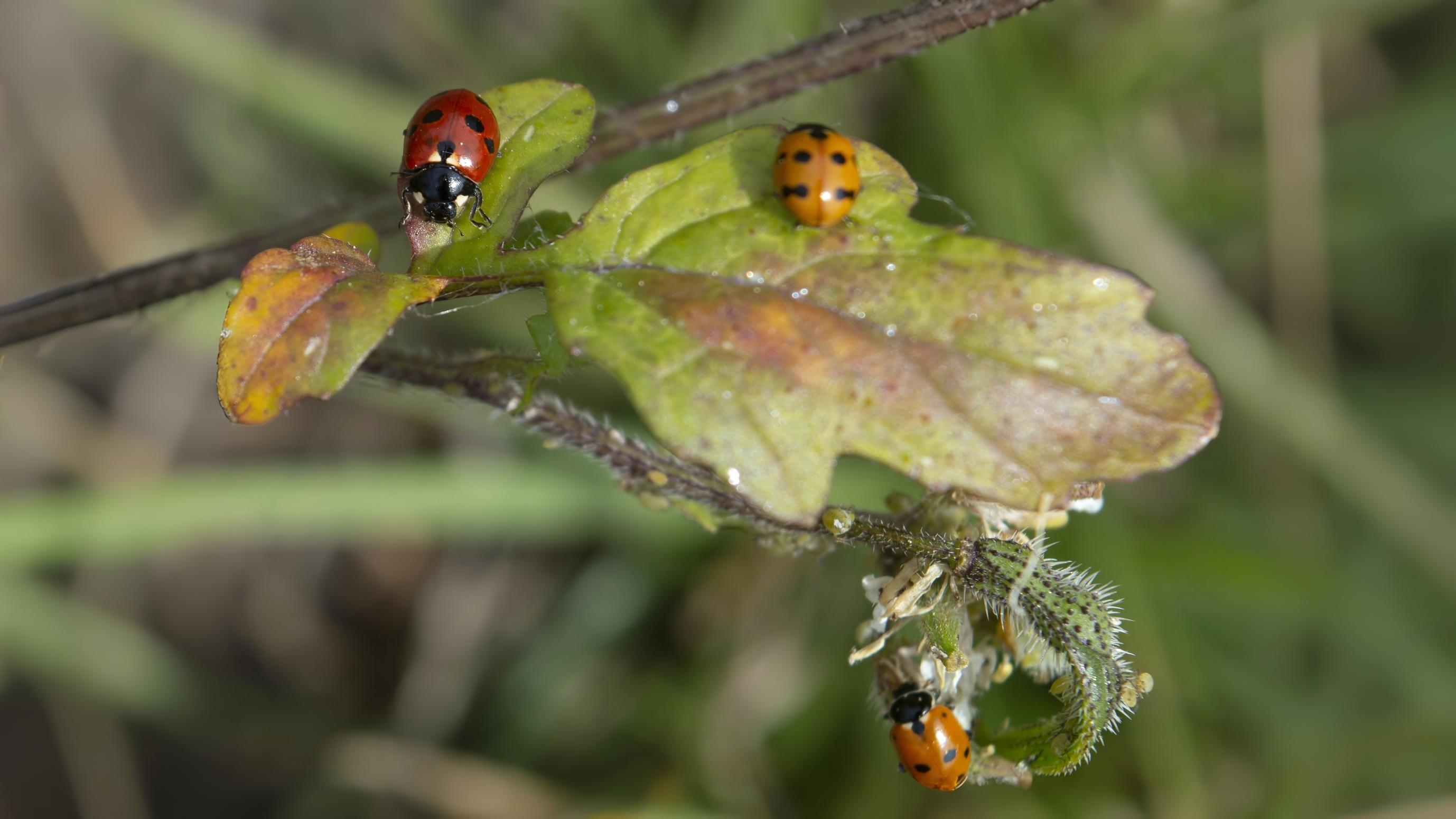
Return on June 24th to uncover the mysteries of Midsummer and meet London’s most extraordinary beetles—iridescent pollinators, fire-carriers, and golden "snitches" of the meadow. Don’t miss this celebration of myth and minibeasts!
“..a bank where the wild thyme blows
Where oxlip and the nodding violet grows
Quite over-canopied with lush woodbine
With sweet musk roses and with eglantine”
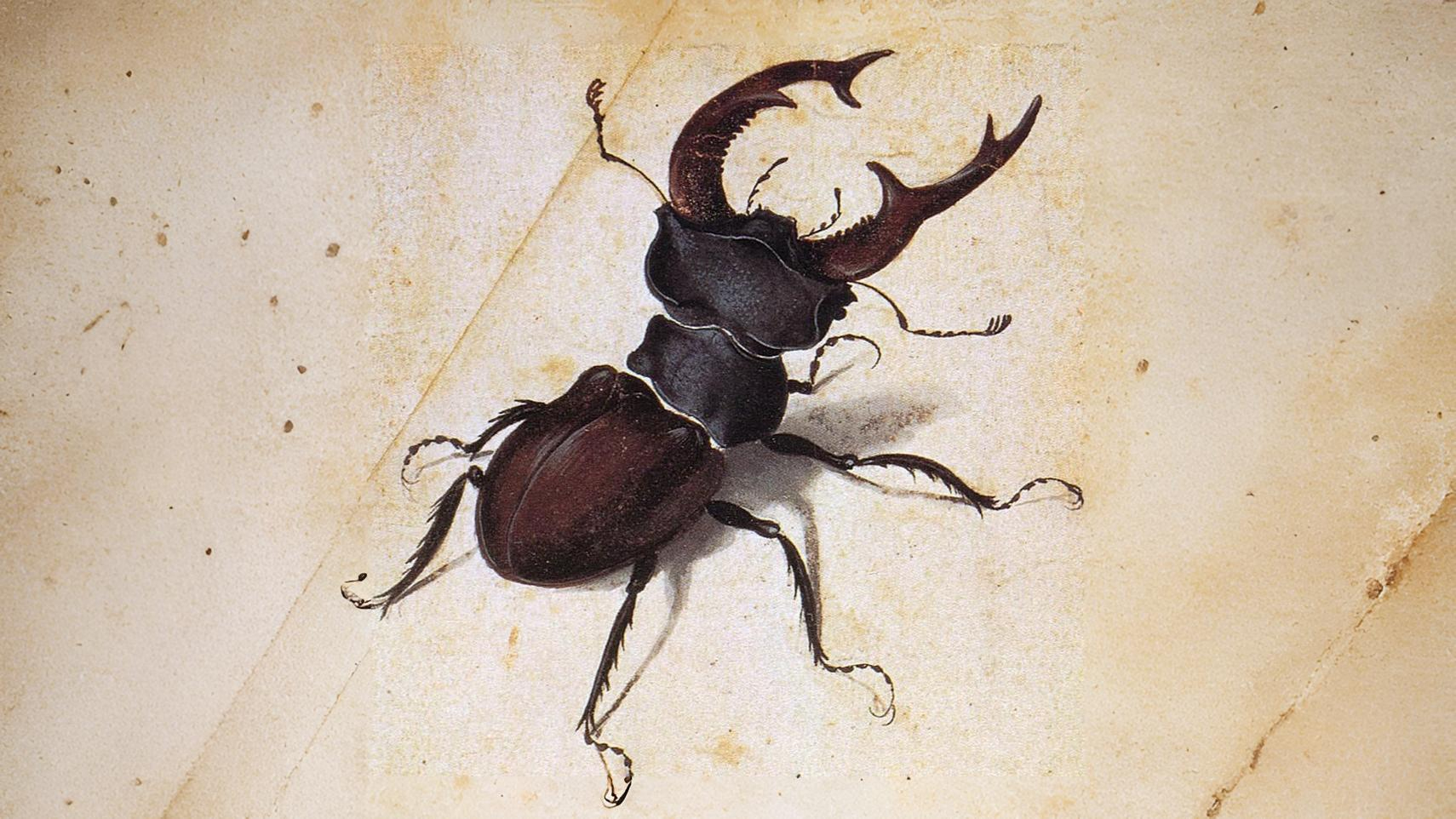



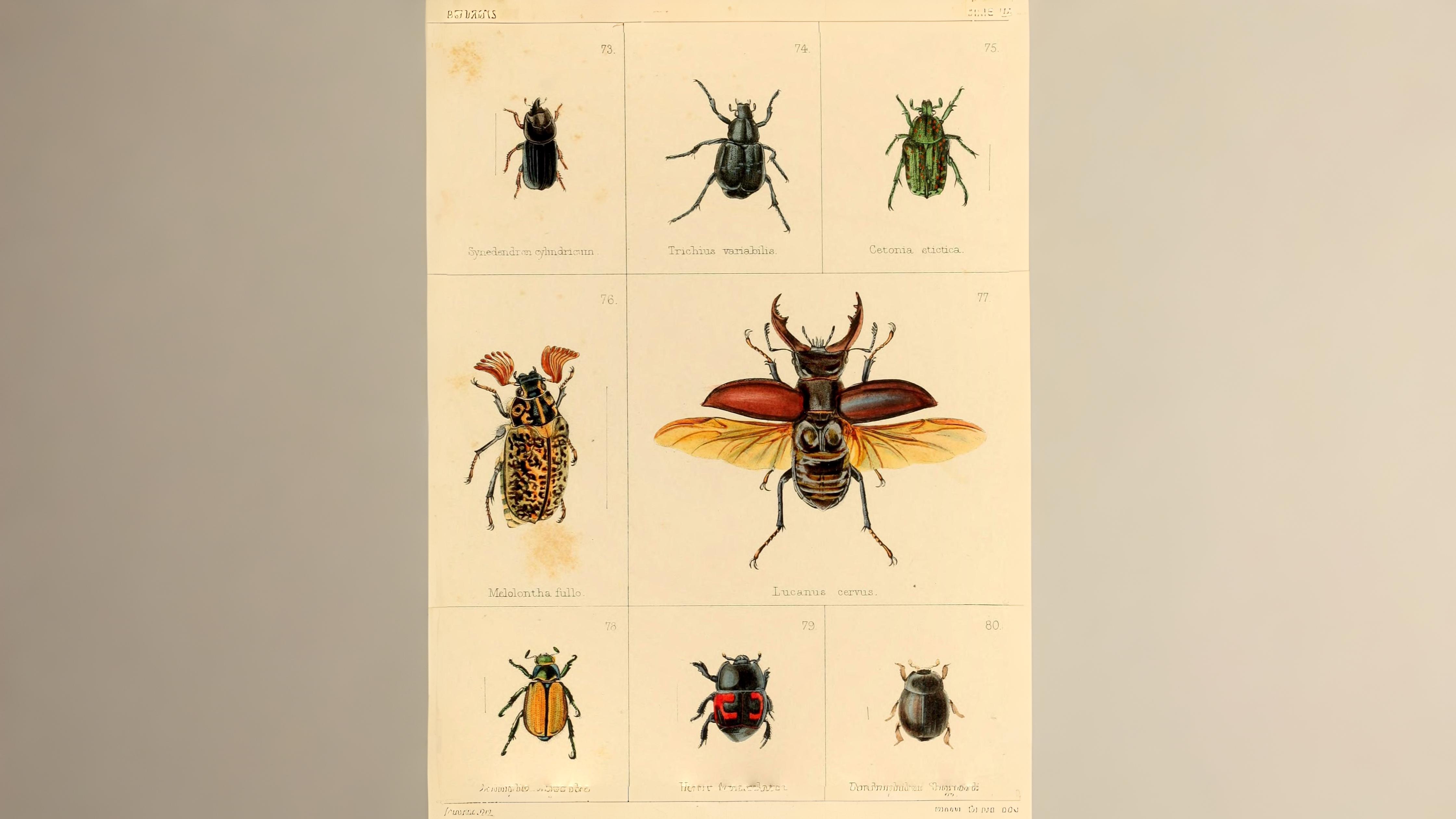



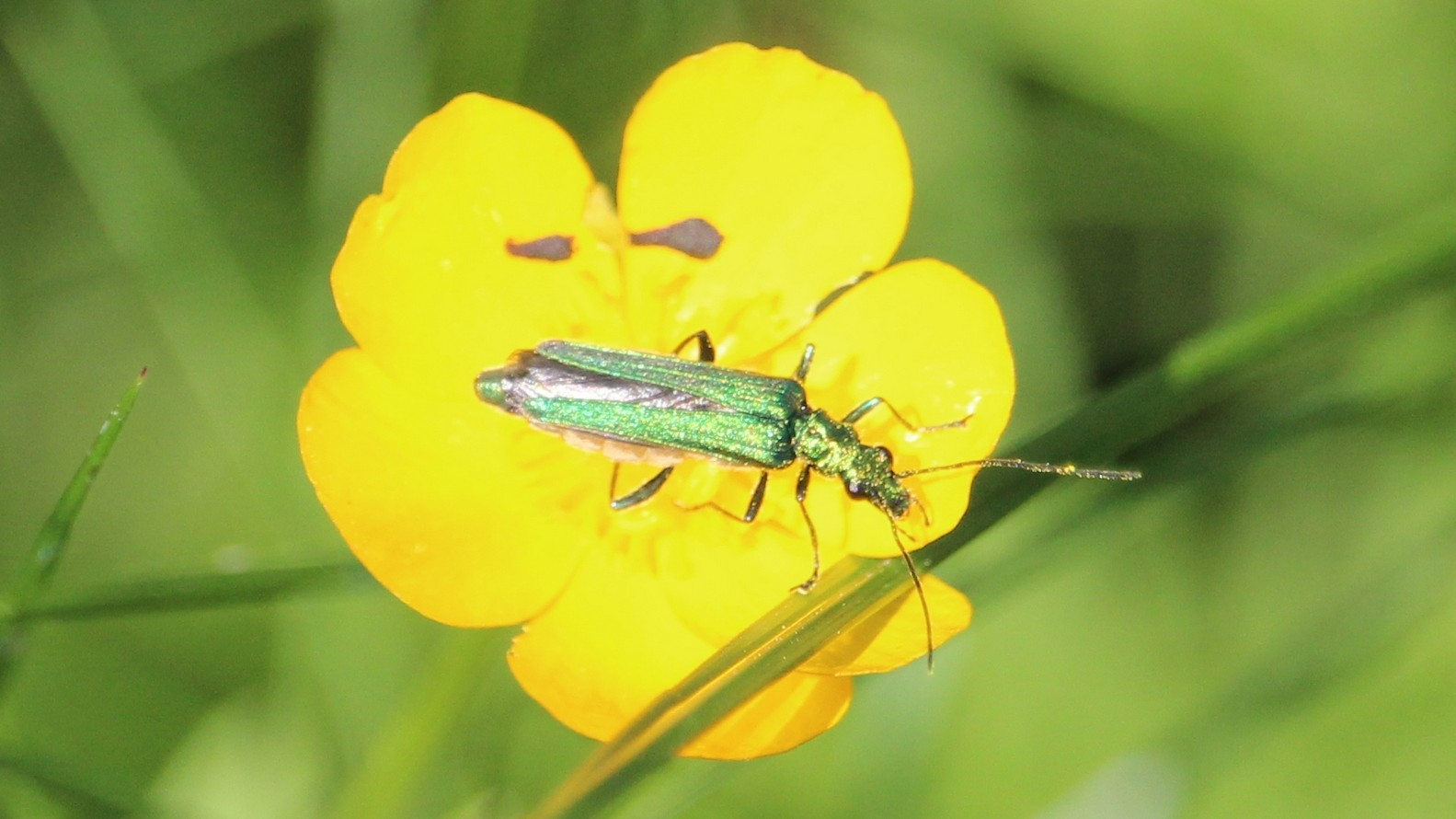





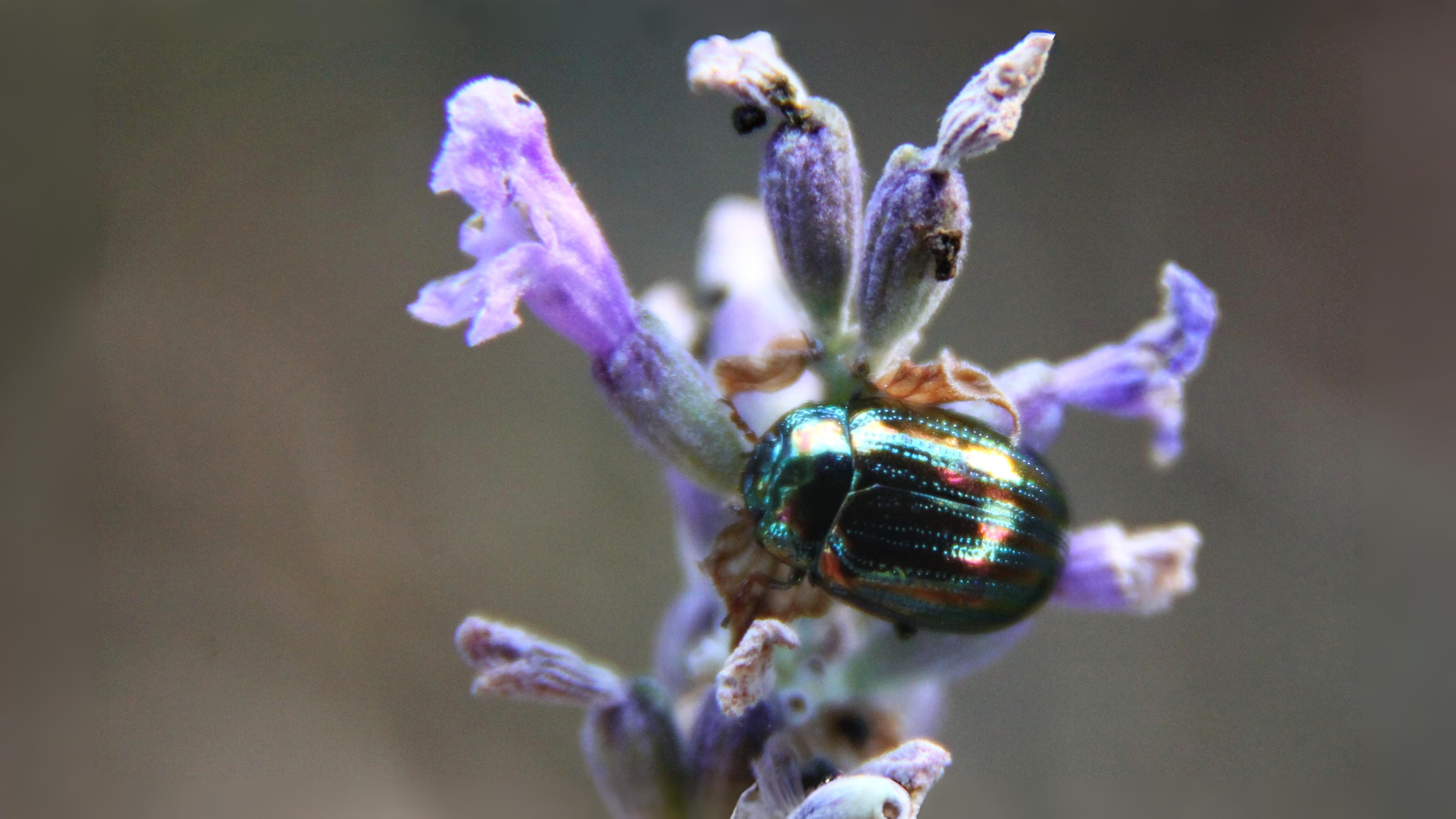

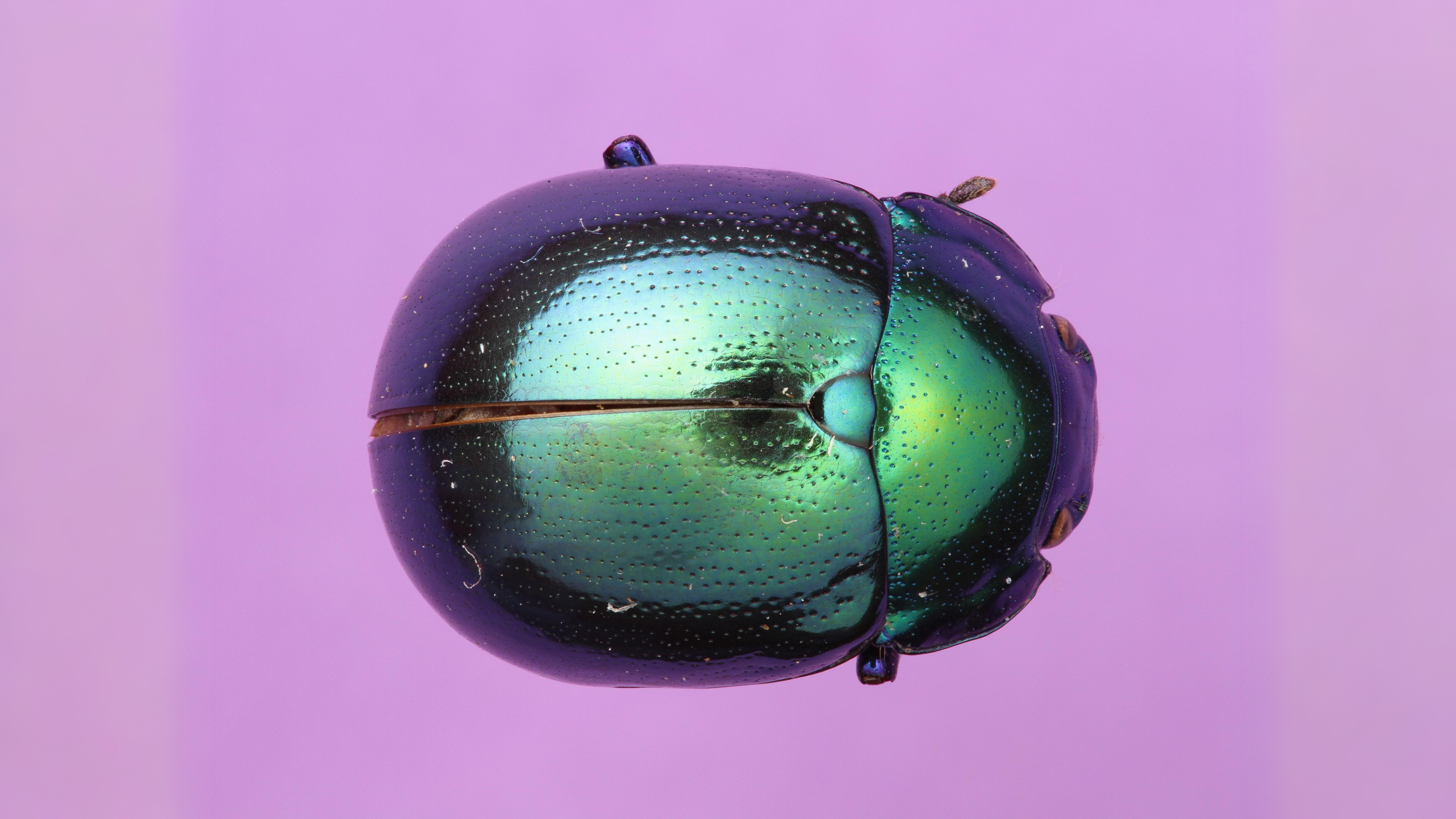

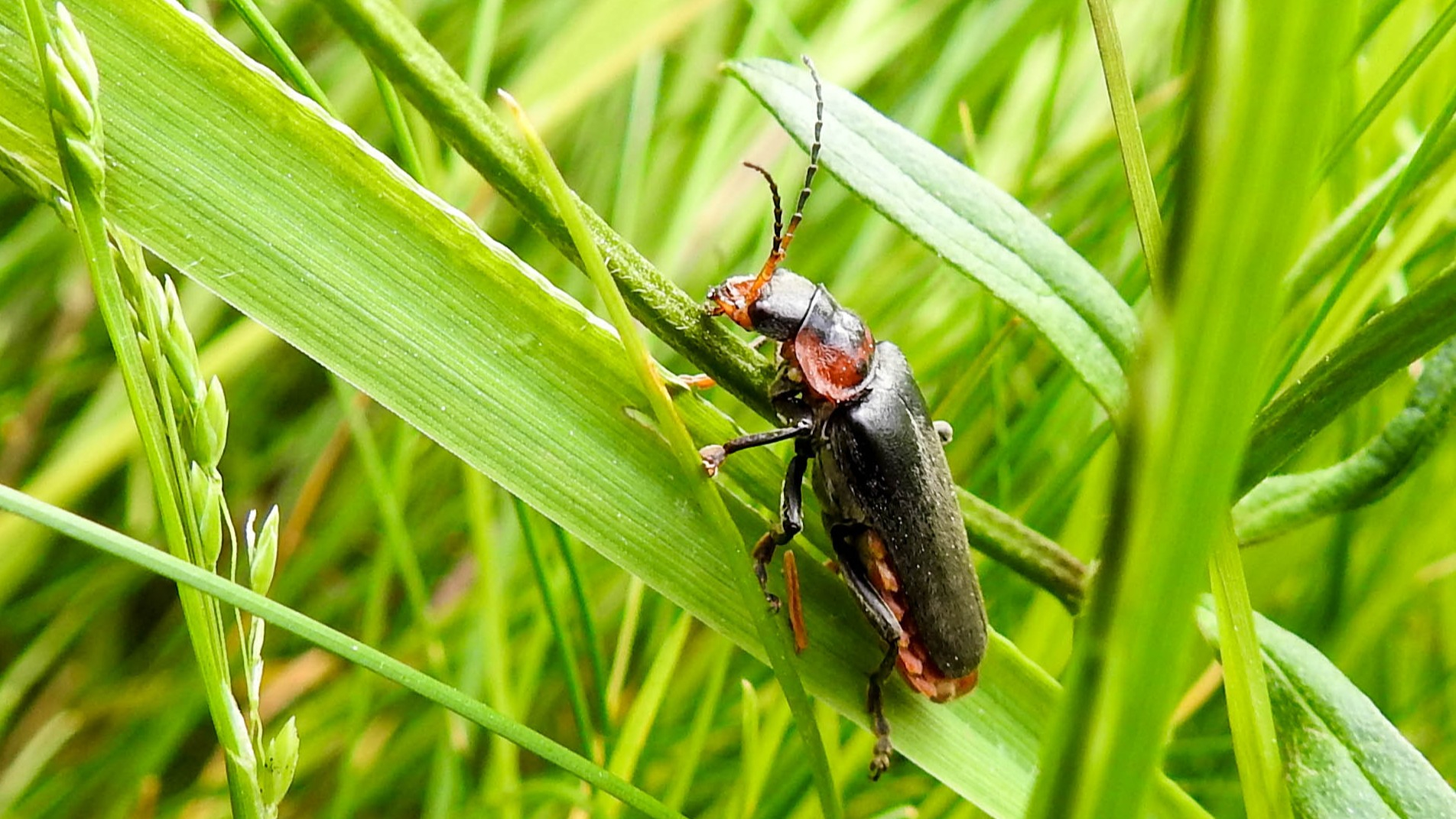

There are other beetles that are easier than most to identify at least partially in the field. This can be for various reasons e.g. oil beetles have their enormous abdomens and cardinal beetles are often cardinal red in colour.
